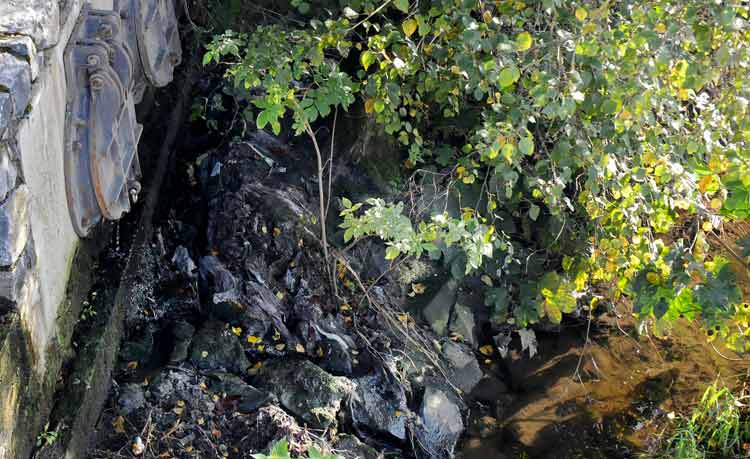Treatment is needed for 25 water supplies currently at risk of contamination with Cryptosporidium says Environmental Protection Agency, Ireland (EPA).

The monitoring of all public drinking water in Ireland, grant us the following information:
- 99.9% of samples comply with microbiological standards.
- 99.5% of samples comply with chemical standards
- 41 ‘Boil Water Notices’ were put in place during 2016, affecting more than 84,000 people.
There are 87 water supplies “at risk” on the EPA’s Remedial Action List:
- 58 of these supplies have elevated levels of Trihalomethanes (THMs). [ THMs are chemicals which can be located in water treated with chlorine. The concentration of THMs in drinking water varies according to the level of organic material in the water, the amount of chlorine required to treat the water, and the temperature of the water that is being treated. Some water supplies have reported levels of THMs which are higher than the recommended levels, and Irish Water is developing a National THM plan, in order to deal with this issue.]
- 25 of these supplies lack adequate protection to prevent Cryptosporidium from entering the water supply. [Cryptosporidium can cause a respiratory and gastrointestinal illness (cryptosporidiosis) that primarily involves watery diarrhea (intestinal cryptosporidiosis) with or without a persistent cough (respiratory cryptosporidiosis) in both immunocompetent and immunodeficient humans. (immunocompetent – the ability of the body to produce a normal immune response, following exposure to a toxin), (immunodeficient – the immune system’s ability to fight infectious disease and cancer is compromised)]
The EPA Drinking Water Report 2016, released today, shows that the quality of drinking water in public supplies remains high, though further improvements are deemed necessary to improve the security of supplies and avoid water restrictions, including Boil Water Notices. Drinking water testing throughout 2016 confirmed a very high level of compliance with microbiological and chemical standards, indicating that the majority of our water supplies are safe.
Commenting on the report, Mr Gerard O’Leary, Director of the EPA’s Office of Environmental Enforcement stated, “While the removal of long-term boil water notices in supplies like the Whitegate Regional Supply in Cork and Loughrea public water supply in Galway in 2016 was welcome, there remains over 3,600 people on a Boil Water Notice today. The EPA has identified supplies serving over 700,000 consumers where improvements to water treatment infrastructure are necessary to meet public health standards.”
Counties Kerry, Cork and Donegal account for almost half of the “at risk” supplies identified by the EPA. The report states that action programme dates set out by Irish Water to improve 24 “at risk” supplies have slipped.
Darragh Page, Senior Drinking Water Inspector, Office of Environmental Enforcement, commenting on threats to drinking water quality such as Cryptosporidium, E. coli and Trihalomethanes (THMs) stated, “While the incidence of E. coli in public water supplies continues to decrease, the current challenge is to reduce the levels of other pollutants in public water supplies across the country, particularly THM, and pesticides. The number of supplies reporting THM failures remains high, and a consistent national approach must be adopted to ensure that pesticides are prevented from entering our drinking water sources. We have also identified 25 supplies that require adequate treatment to prevent Cryptosporidium entering the water supply.”
The EPA Drinking Water Report 2016 as well as the complete list of public water supplies currently on their Remedial Action List (RAL) are available on the EPA website – including details of proposed remedial measures and associated time frames, with regards to water projects identified in Co. Tipperary.

Leave a Reply